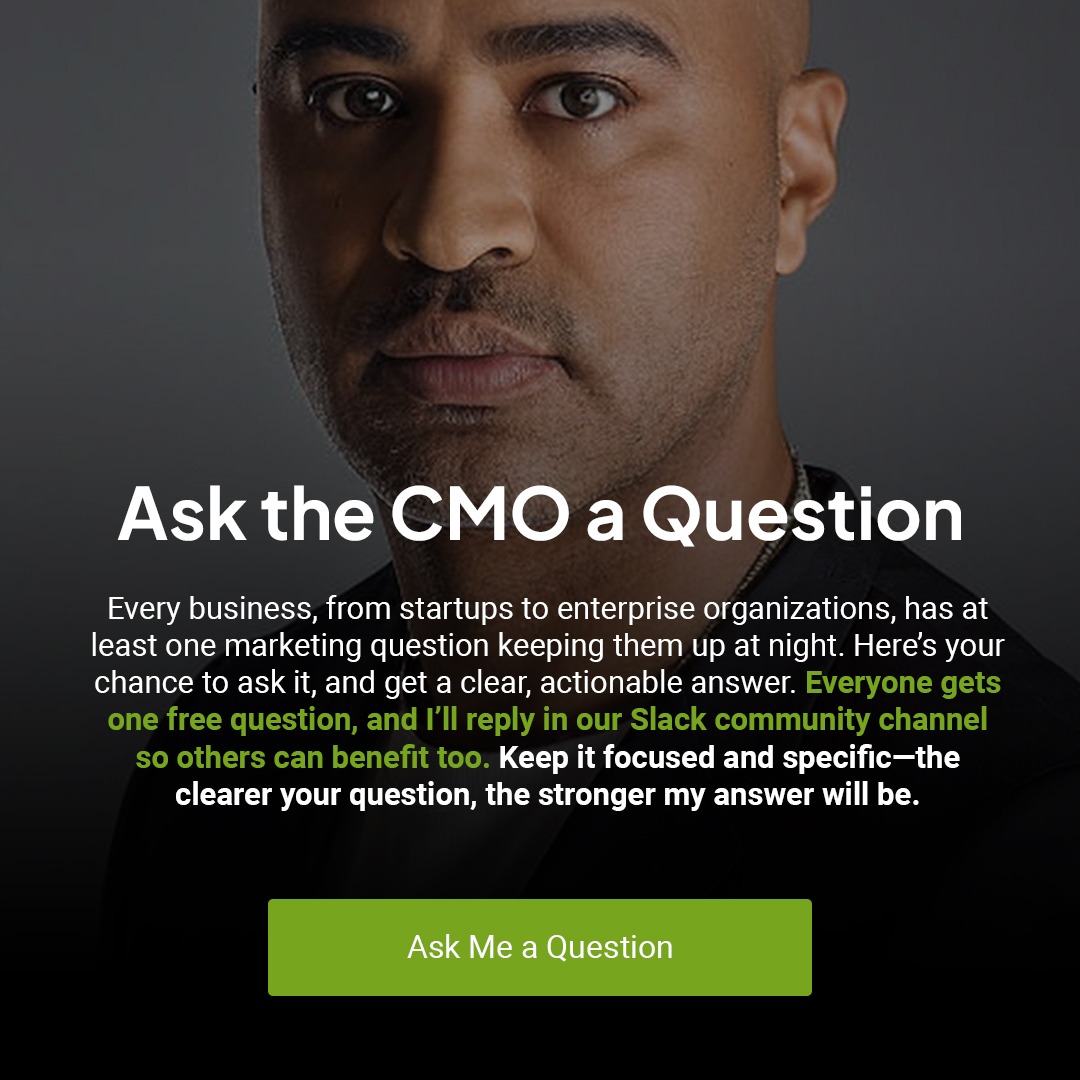In a digital landscape saturated with ads, flashy campaigns, and fleeting trends, content marketing has quietly maintained its position as the cornerstone of startup growth. Content marketing isn’t just a strategy for startups—it’s the key to driving sustainable, cost-effective inbound growth.
Great content delivers value. It educates, entertains, and engages audiences in ways traditional advertising cannot. In 2024, advancements in tech and the proliferation of accessible media tools have made it easier for startups to produce high-quality content across multiple formats, reaching their target audience wherever they are.
Let’s explore why content marketing remains the king of startups, how technology enables scalable content creation and the real-world examples that prove its effectiveness.
Cost-Effective Content Creation: A Startup’s Best Friend
One of the most significant advantages of content marketing is its affordability. Compared to traditional advertising, which often requires massive budgets for fleeting impressions, content marketing offers long-term value at a fraction of the cost.
Consider this:
- A well-written blog post can generate leads for years with proper SEO optimization.
- A video, once created, can be repurposed into social media clips, tutorials, and ads.
- A podcast episode can be a foundation for articles, infographics, and more.
For startups operating with tight budgets, the ability to stretch content across multiple platforms and audiences is invaluable.
Tech Makes Content Creation Easier Than Ever
Advancements in technology have leveled the playing field for startups, enabling them to create professional-grade content without breaking the bank. Here’s how:
- AI Tools for Writing and Editing
Platforms like ChatGPT (yes, hello!) and Grammarly allow startups to quickly produce polished blog posts, newsletters, and ad copy. - Graphic Design Platforms
Tools like Canva and Figma empower non-designers to create eye-catching visuals for social media, infographics, and pitch decks. - Video Editing Software
Affordable apps like CapCut and DaVinci Resolve let startups produce professional-quality videos for YouTube, TikTok, and Instagram Reels. - Automation for Distribution
Platforms like Buffer and HubSpot make it easy to schedule, repurpose, and analyze content performance across multiple channels.
How Content Marketing Drives Inbound Growth
Startups live and die by their ability to generate leads and convert them into customers. Content marketing is uniquely suited to this challenge because it attracts potential customers organically—people who are already searching for solutions.
Here’s how it works:
1. Builds Authority and Trust
High-quality content positions your startup as an expert in your field. Whether through blogs, videos, or webinars, providing value to your audience fosters trust and credibility.
2. Enhances SEO Performance
Consistently publishing optimized content improves your ranking on search engines, driving organic traffic to your website.
3. Supports Lead Generation
Content like ebooks, case studies, and webinars can be gated behind forms, turning visitors into leads for your sales team.
4. Nurtures Customer Relationships
Email newsletters, tutorials, and thought leadership articles keep your audience engaged long after purchasing.
Real-World Examples of Content Marketing in Action
1. Real Estate: Zillow’s Market Insights
Zillow dominates the real estate space with its data-driven content. From blogs about market trends to interactive tools for homebuyers, Zillow’s approach keeps users coming back for valuable insights.
For startups in real estate, this model is replicable: create localized market reports, guides for first-time buyers or video walkthroughs of properties to engage your audience.
2. Hospitality: Marriott’s Digital Magazines
Marriott’s “Traveler” magazine is a masterclass in hospitality content marketing. By sharing travel guides, destination highlights, and insider tips, Marriott connects with travelers long before they book a room.
A startup hotel or boutique property in Miami could emulate this by publishing content about the local culture, must-visit restaurants, or seasonal events. This positions your property as part of the experience, not just a place to stay.
3. B2B: HubSpot’s Educational Blog
HubSpot has built an empire on educational content. Their blog, webinars, and free tools have made them synonymous with inbound marketing, driving millions of visitors to their site every month.
For a B2B startup, the lesson is clear: create resources that solve your audience’s pain points, whether it’s through whitepapers, templates, or video tutorials.
4. Startups: Dollar Shave Club’s Video Masterpiece
Dollar Shave Club became a household name overnight thanks to its quirky, value-packed launch video. But it didn’t stop there—it followed up with email campaigns, blogs, and social media content that reinforced its brand voice.
The takeaway? A single piece of content can catalyze a startup’s growth, but consistency is what sustains it.
Where the Viewers Are: Multi-Channel Strategies for 2024
In today’s fragmented media landscape, publishing great content is not enough—you need to meet your audience where they spend their time.
Here’s how startups can effectively distribute content:
Social Media
Platforms: TikTok, Instagram, LinkedIn, and YouTube.
Content Formats: Short videos, carousels, and behind-the-scenes content.
Search Engines
Formats: SEO-optimized blog posts and evergreen guides.
Goal: Capture high-intent traffic.
Email Marketing
Use Case: Share exclusive insights, promotions, or thought leadership articles.
Key Metric: Open and click-through rates.
Partnerships
Collaborate with influencers, other startups, or industry experts to co-create content that expands your reach.
The Competitive Edge of Content in 2025
Content marketing isn’t just about keeping up—it’s about staying ahead. With AI-driven tools and analytics, startups can identify trends, refine their strategies, and engage audiences more effectively than ever before.
Content marketing offers a distinct advantage for startups in competitive industries like real estate, hospitality, and B2B: it allows you to build relationships, establish authority, and grow without the need for massive ad spend.
Conclusion: Content Marketing Is King—Long Live the King
Heading into 2025, content marketing remains the most powerful growth tool for startups. It’s cost-effective, scalable, and ideally suited to the inbound strategies that drive modern business success. But great content doesn’t create itself. It takes strategy, consistency, and expertise to turn ideas into campaigns that resonate with audiences and deliver real results. Are you ready to make content work for your startup?
Keep Reading
Want more? Here are some other blog posts you might be interested in.
You could feel it in the room this year. Not in a vague “the vibe shifted” way. In the practical, stressful ...
Beyond the Horizon: Seize 5000x Multipliers & Plunder Big with the fatpirate mobile slot!Unveiling the Pirate’s Treasure: Gameplay MechanicsDecoding the Bonus FeaturesUnderstanding the FatStacks MechanicMobile ...
He looked across the conference room table at me and said, almost in a whisper, “I hate to be the bad ...
For founders and growing companies
Get all the tips, stories and resources you didn’t know you needed – straight to your email!



